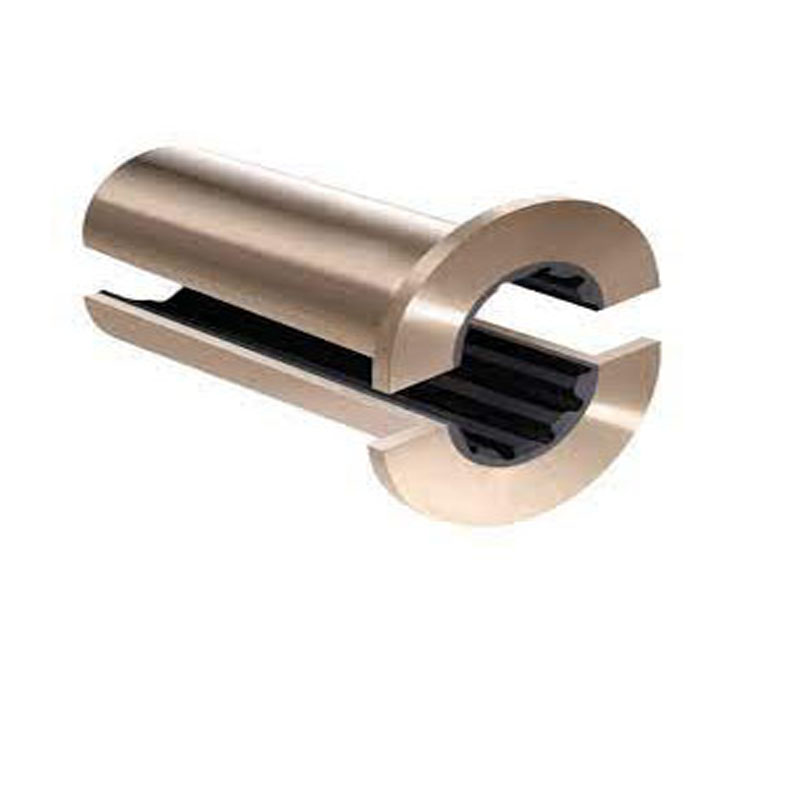Oil Pan Plug Leaks Causes and Solutions for Your Vehicle's Engine Issues
Understanding Leaking Oil Pan Plug Causes, Consequences, and Solutions
The oil pan plug plays a crucial role in the overall health of an engine by sealing the oil pan, which houses the engine's motor oil. When the oil pan plug leaks, it can lead to a host of problems that can compromise engine performance and lead to costly repairs. Understanding the causes, consequences, and solutions to a leaking oil pan plug is essential for any vehicle owner or automotive enthusiast.
Causes of a Leaking Oil Pan Plug
Several factors can contribute to a leaking oil pan plug. One of the most common causes is improper installation. If the plug is not tightened adequately, it can result in oil seeping out. Additionally, over-tightening can cause damage to the threads or the plug itself, leading to leaks.
Another frequent cause of leaks is wear and tear over time. The rubber seal or gasket, which often accompanies the oil pan plug, can degrade and become brittle, resulting in a failure to create a watertight seal. Furthermore, exposure to extreme temperatures, engine vibrations, and various environmental factors can exacerbate this degradation.
Corrosion is yet another issue that can lead to a leaking oil pan plug. If the plug itself is made of less resistant materials or if it has not been treated to withstand corrosion, rust can appear. This rust can cause the plug to deteriorate, making it less effective at sealing the oil pan.
Consequences of a Leaking Oil Pan Plug
The ramifications of a leaking oil pan plug can be significant. First and foremost, a leak can lead to oil loss, which compromises the engine's lubrication system. Insufficient oil levels can cause increased friction between engine components, leading to overheating and potential engine failure.
leaking oil pan plug

Moreover, a leaking oil pan can result in unsightly oil stains on your driveway or garage floor. Not only is this a nuisance, but it can also be detrimental to the environment. Oil spills can seep into the ground, harming local ecosystems and potentially leading to legal consequences for improper disposal.
From a financial perspective, neglecting a leaking oil pan plug can lead to extensive repair costs. If the leak escalates, it may result in a need for a new oil pan, an expensive undertaking that could have been easily avoided with timely maintenance.
Solutions for a Leaking Oil Pan Plug
Addressing a leaking oil pan plug involves a few straightforward steps. The first action is to check the tightness of the plug. If it is loose, simply tightening it to the manufacturer-recommended torque specifications can resolve the issue.
If the leak persists, inspect the rubber seal or gasket for signs of wear. Replacing a damaged or degraded gasket is often a simple fix that can restore the integrity of the seal. Always ensure that you use the correct replacement parts that are compatible with your engine.
In cases of corrosion, it may be necessary to replace the oil pan plug itself. Selecting a plug made from more durable materials can help prevent future leaks. Additionally, regular oil changes and routine maintenance checks can help catch potential problems early before they develop into major issues.
In conclusion, a leaking oil pan plug should not be taken lightly. Understanding the causes and consequences, along with knowing how to address the problem effectively, can save car owners both time and money. Regular maintenance and vigilance can ensure the longevity of your vehicle's engine, keeping it running smoothly for years to come.
-
Understanding the Front Main Engine Seal: Purpose, Maintenance, and Installation
News Jul.29,2025
-
Understanding O-Rings and Seal Rings: Types, Applications, and Custom Solutions
News Jul.29,2025
-
Understanding Crankshaft Oil Seals: Rear Seals, Pulley Seals, and Their Role in Engine Integrity
News Jul.29,2025
-
The Importance of Front and Rear Crankshaft Seals in Engine Performance and Oil Management
News Jul.29,2025
-
Crank Oil Seals: Functions, Types, and Cost Considerations in Engine Maintenance
News Jul.29,2025
-
A Comprehensive Guide to O-Rings and Seals: Types, Materials, and Global Applications
News Jul.29,2025
-
Mastering Diesel and Performance Engine Maintenance: A Guide to Critical Oil Gaskets
News Jul.28,2025
Products categories















